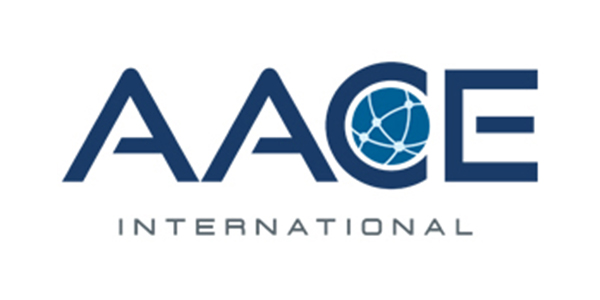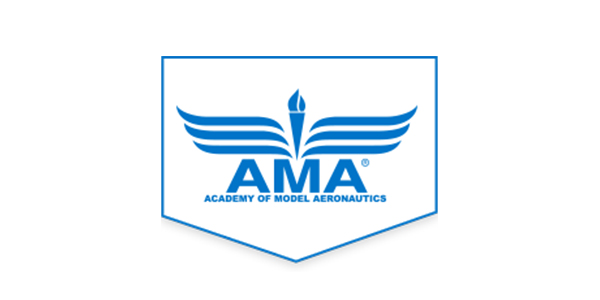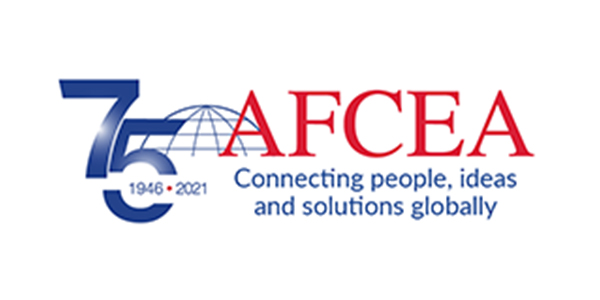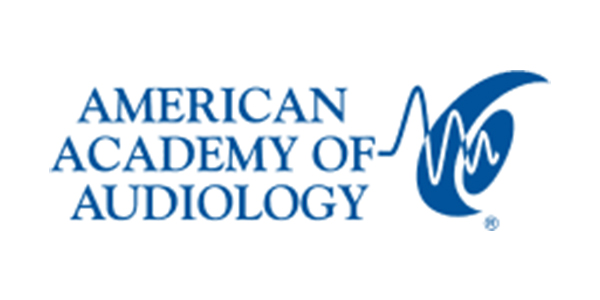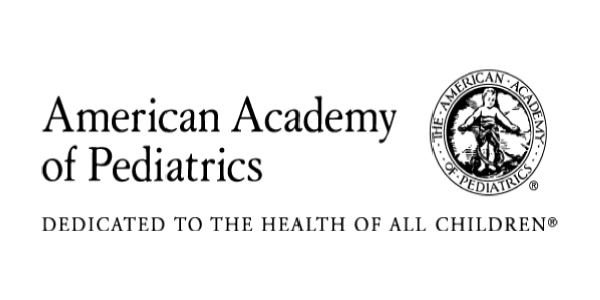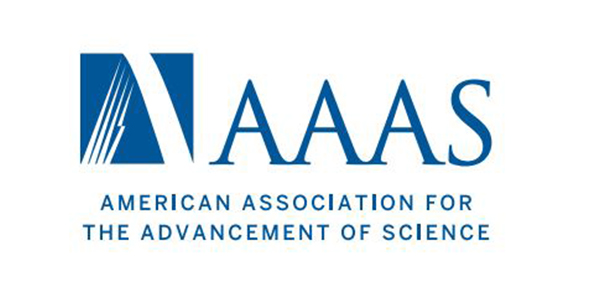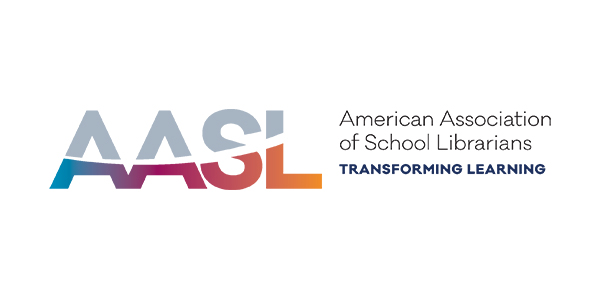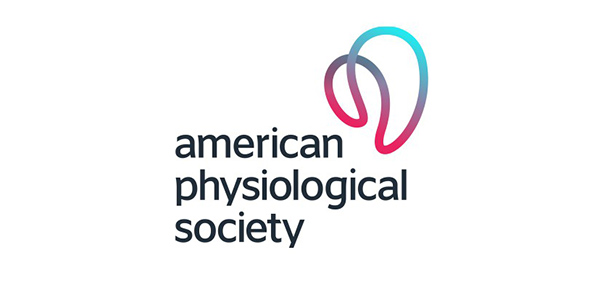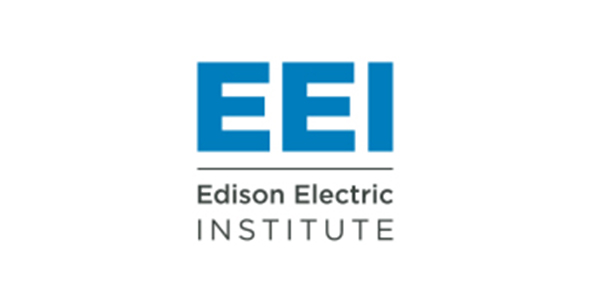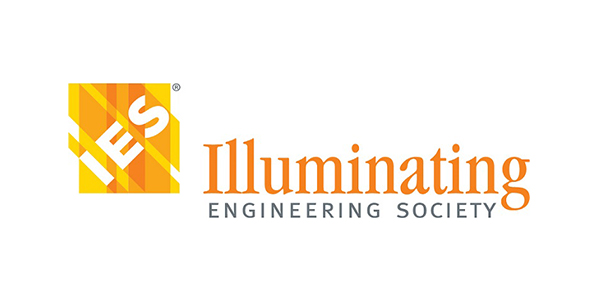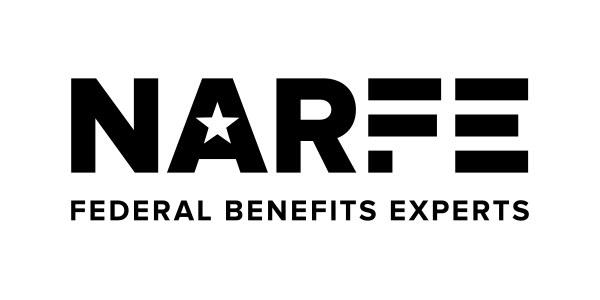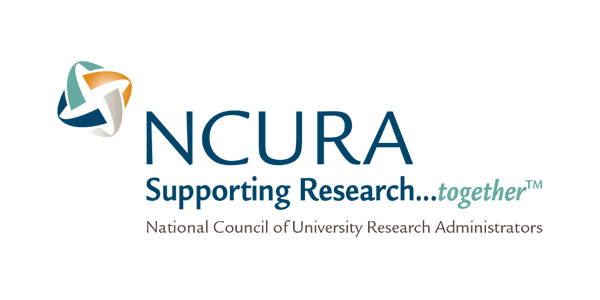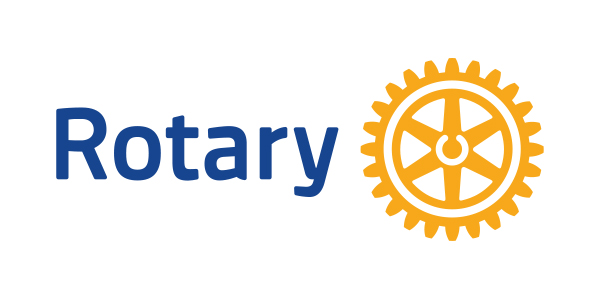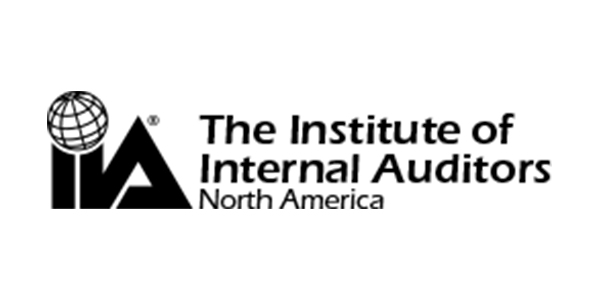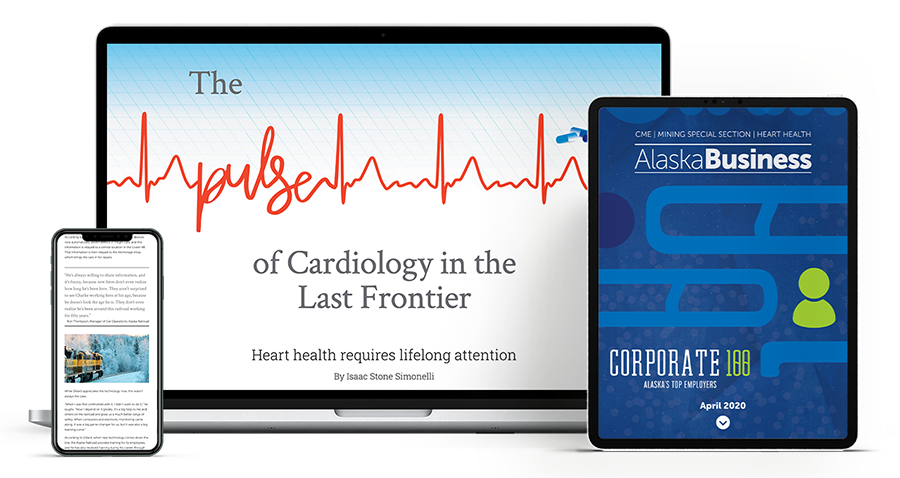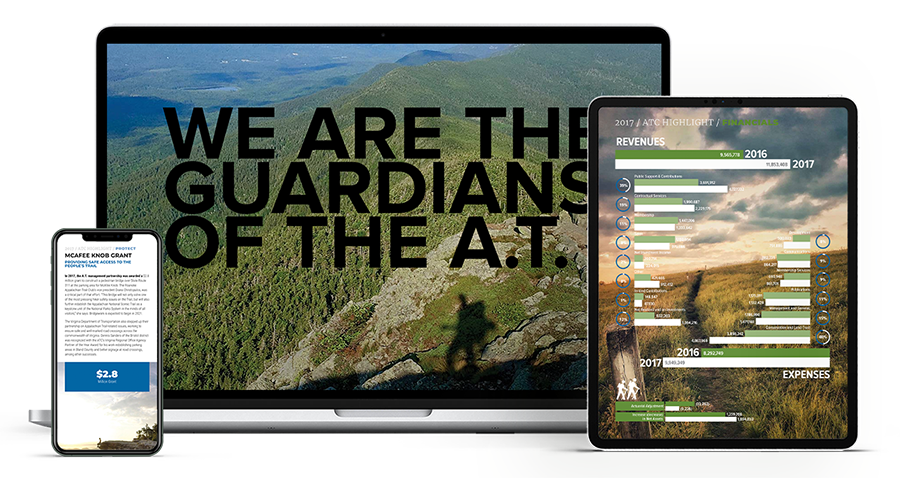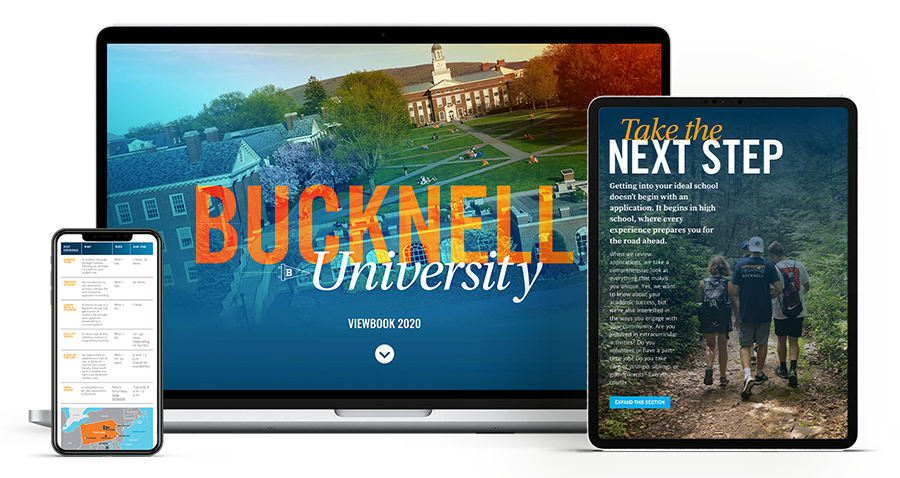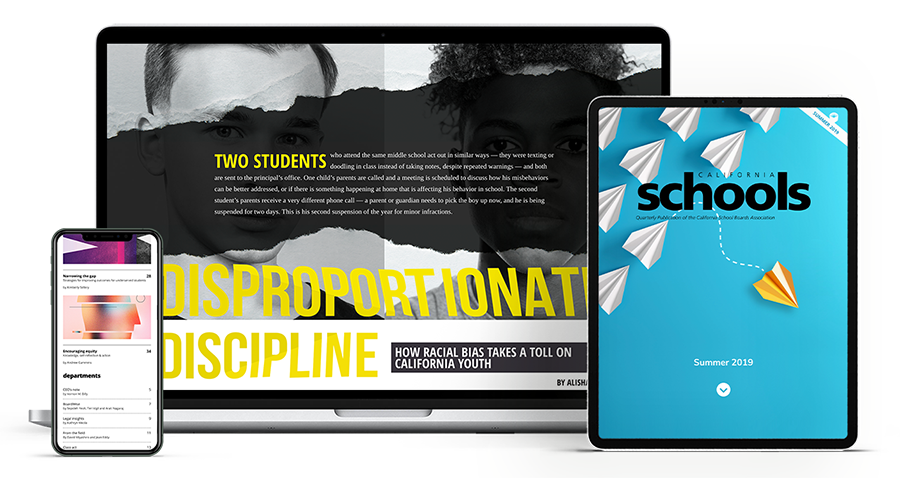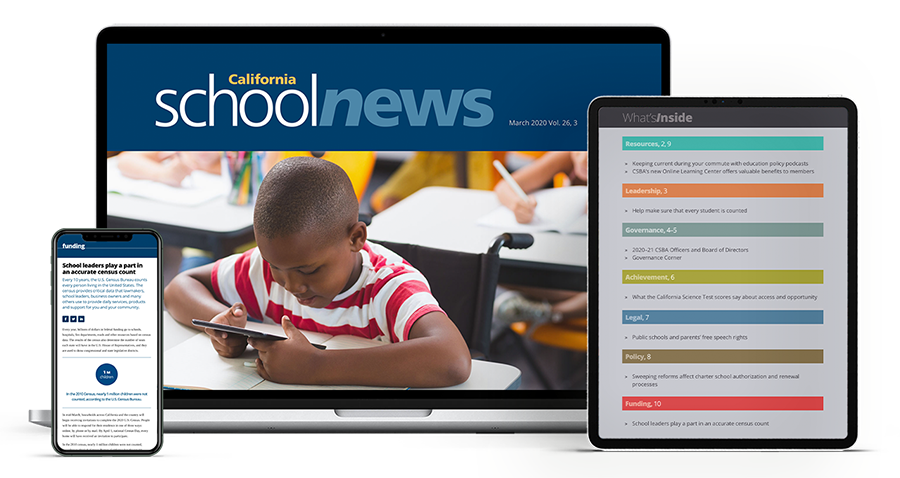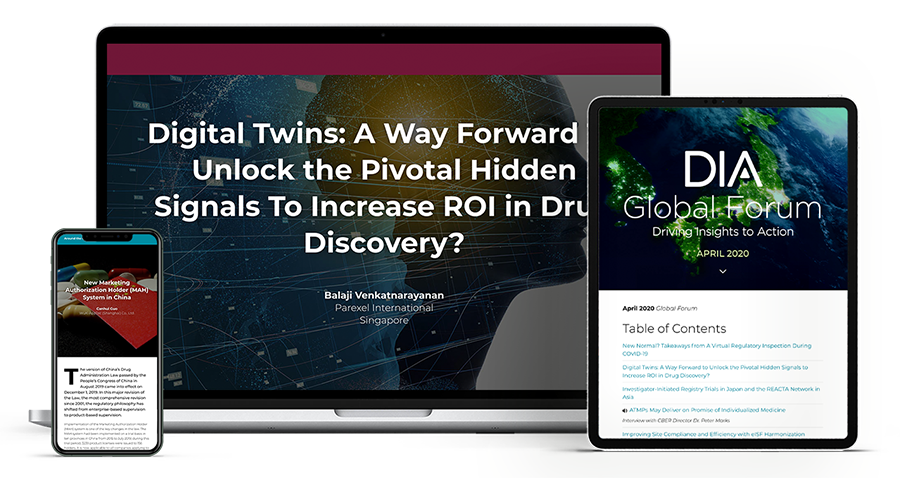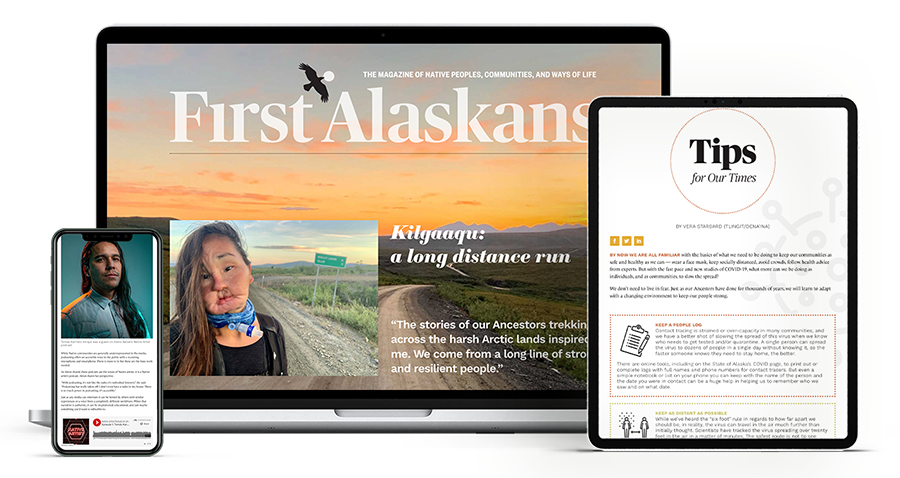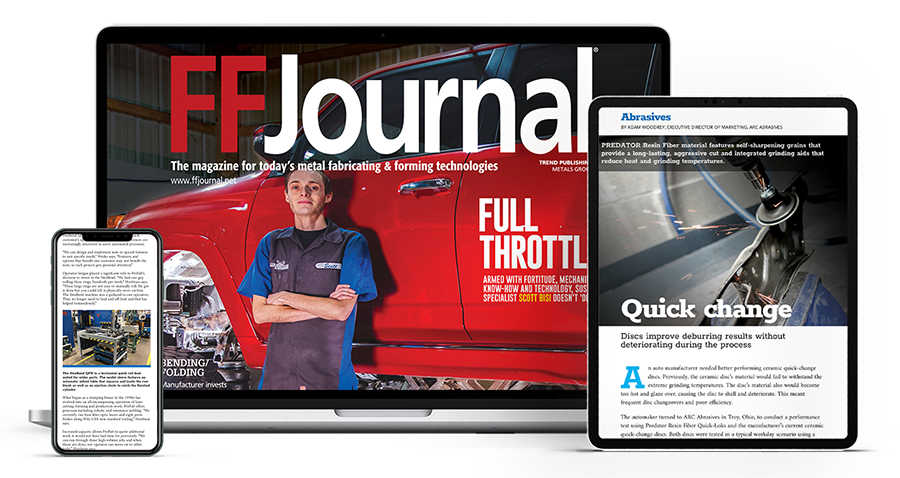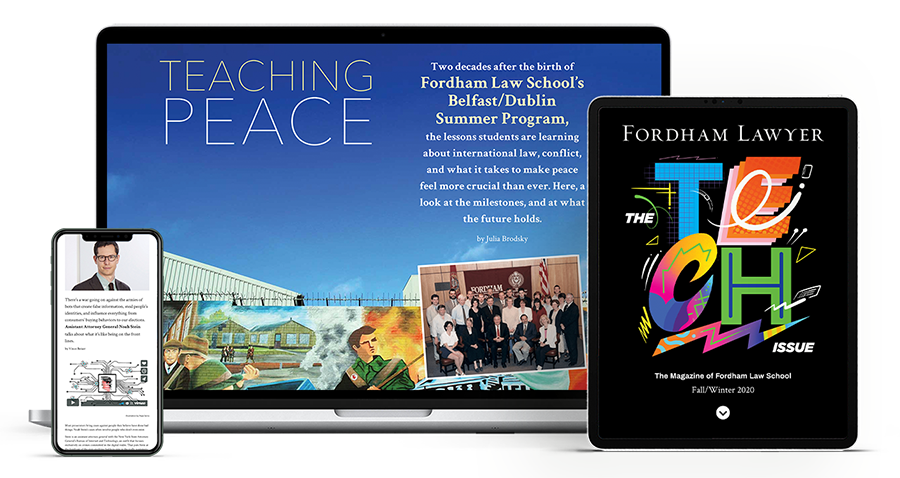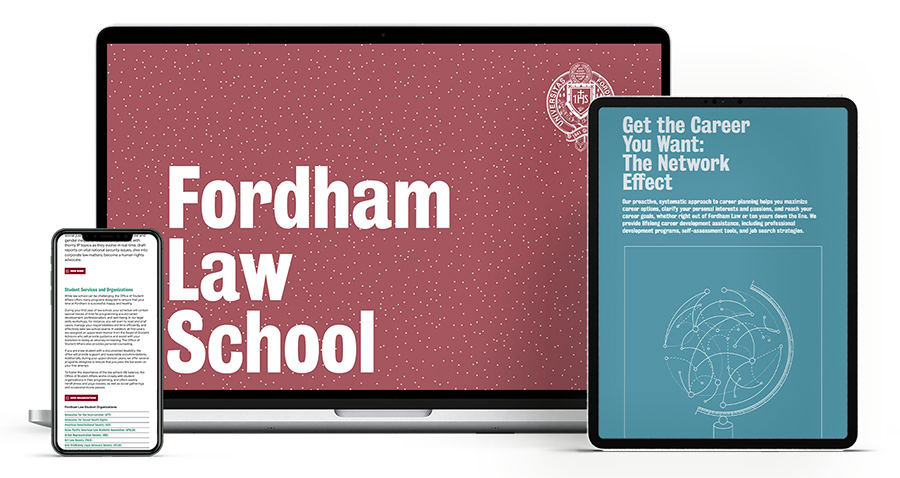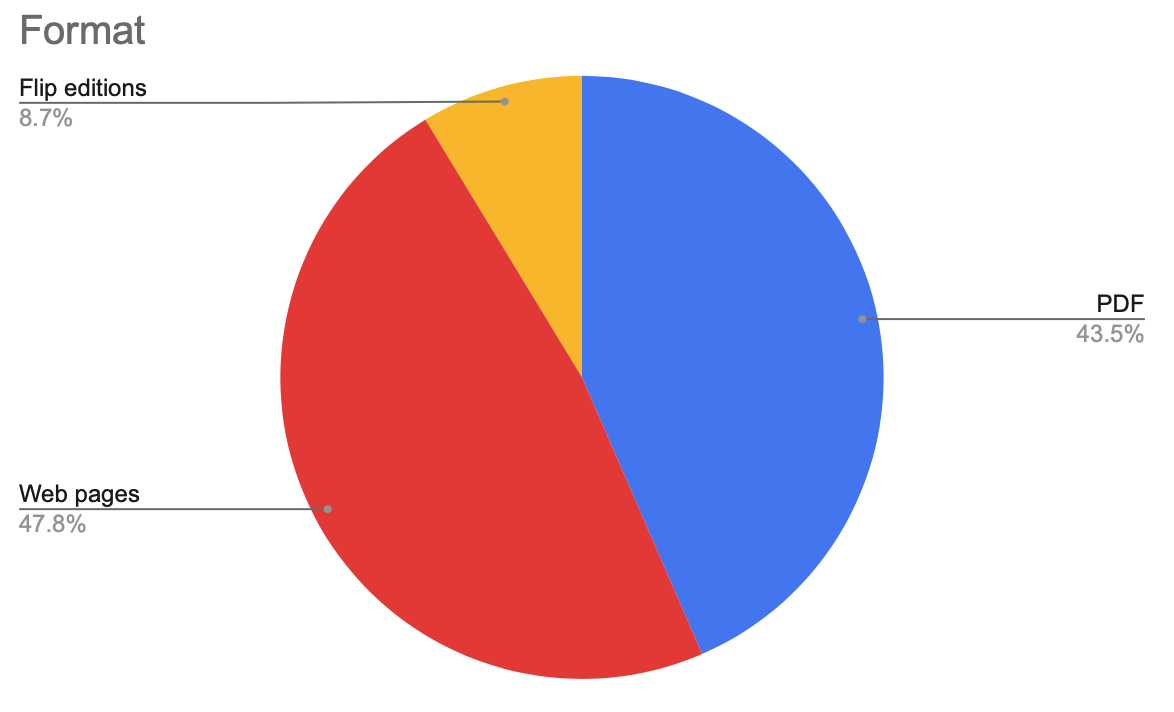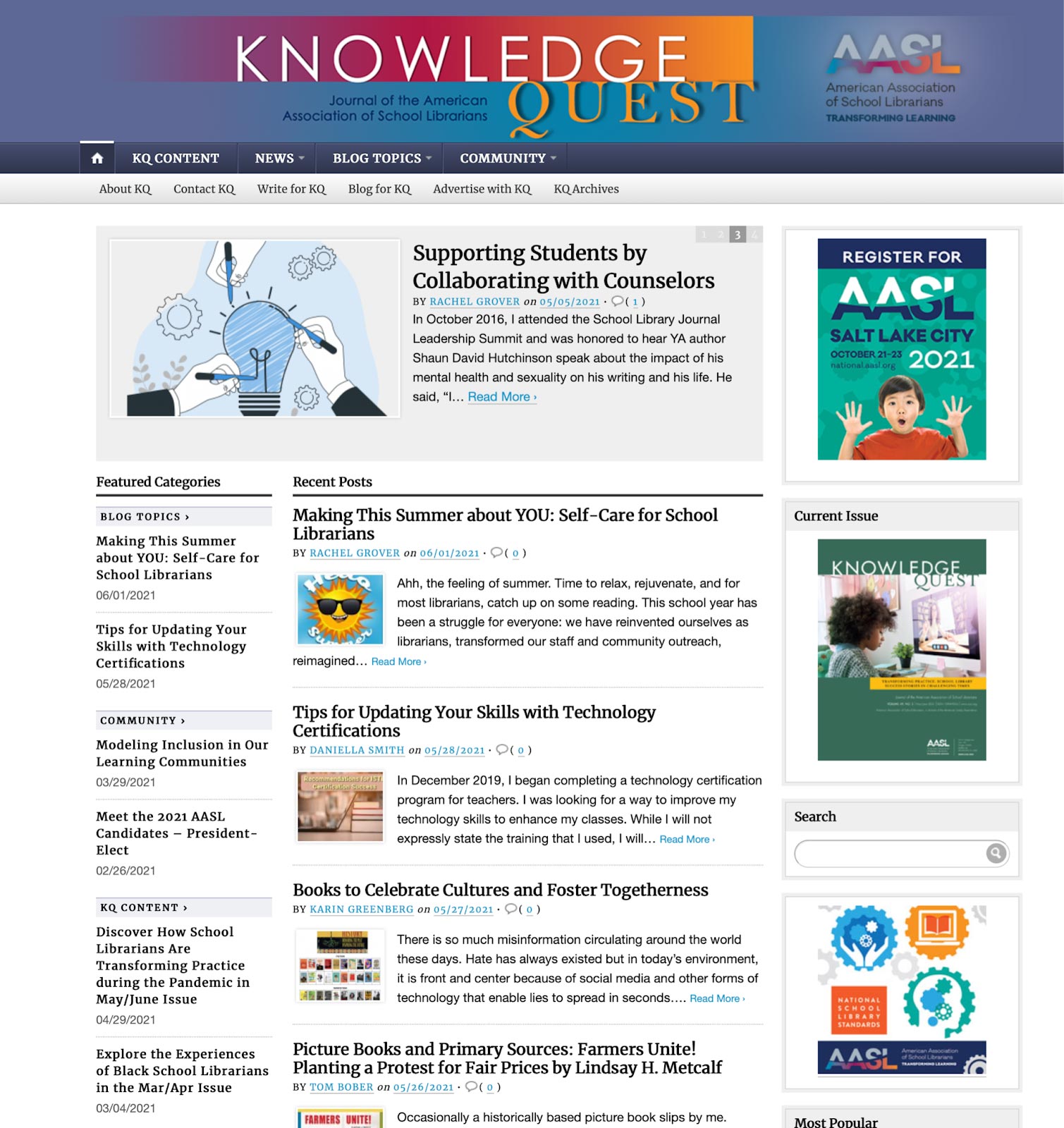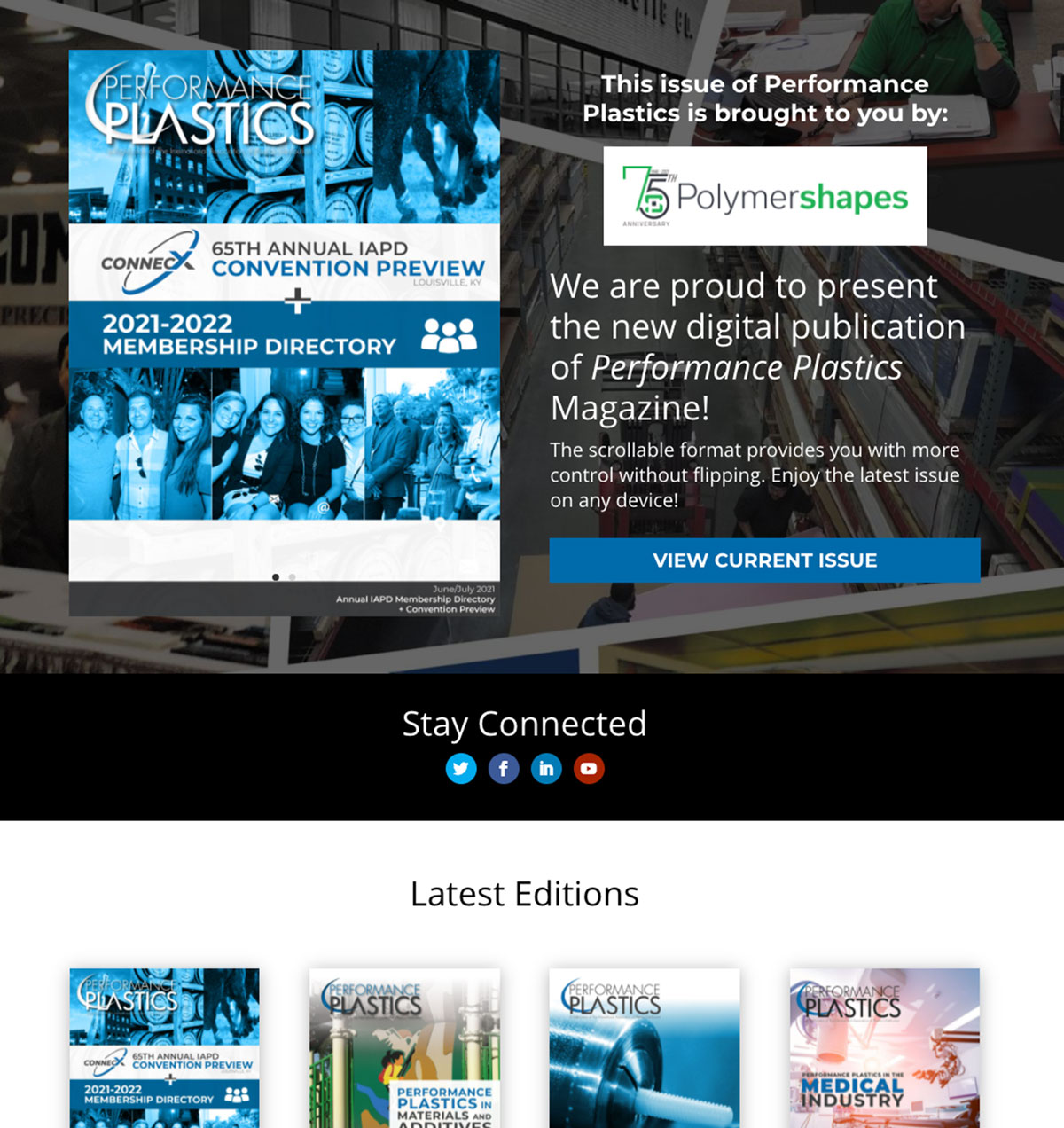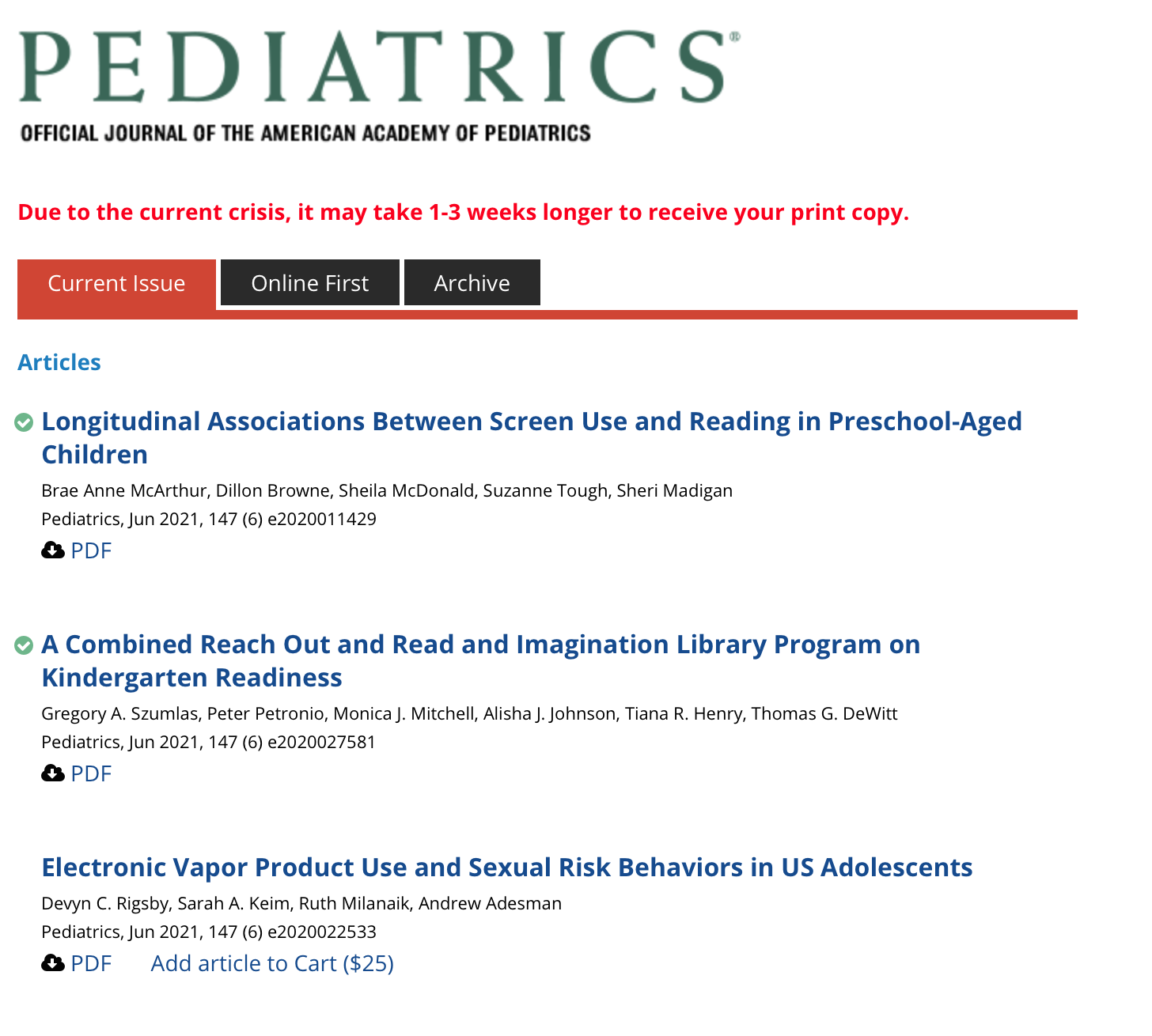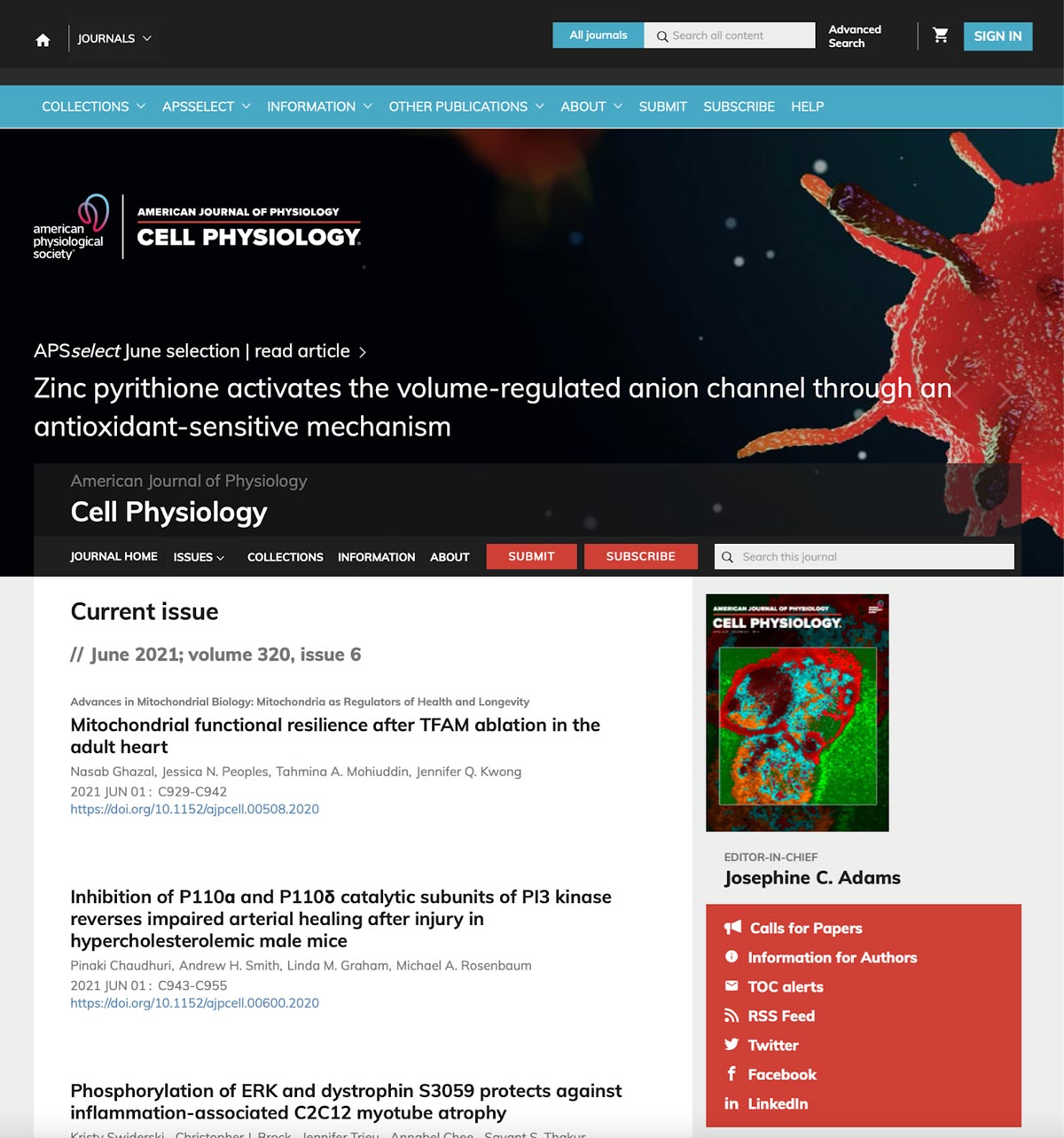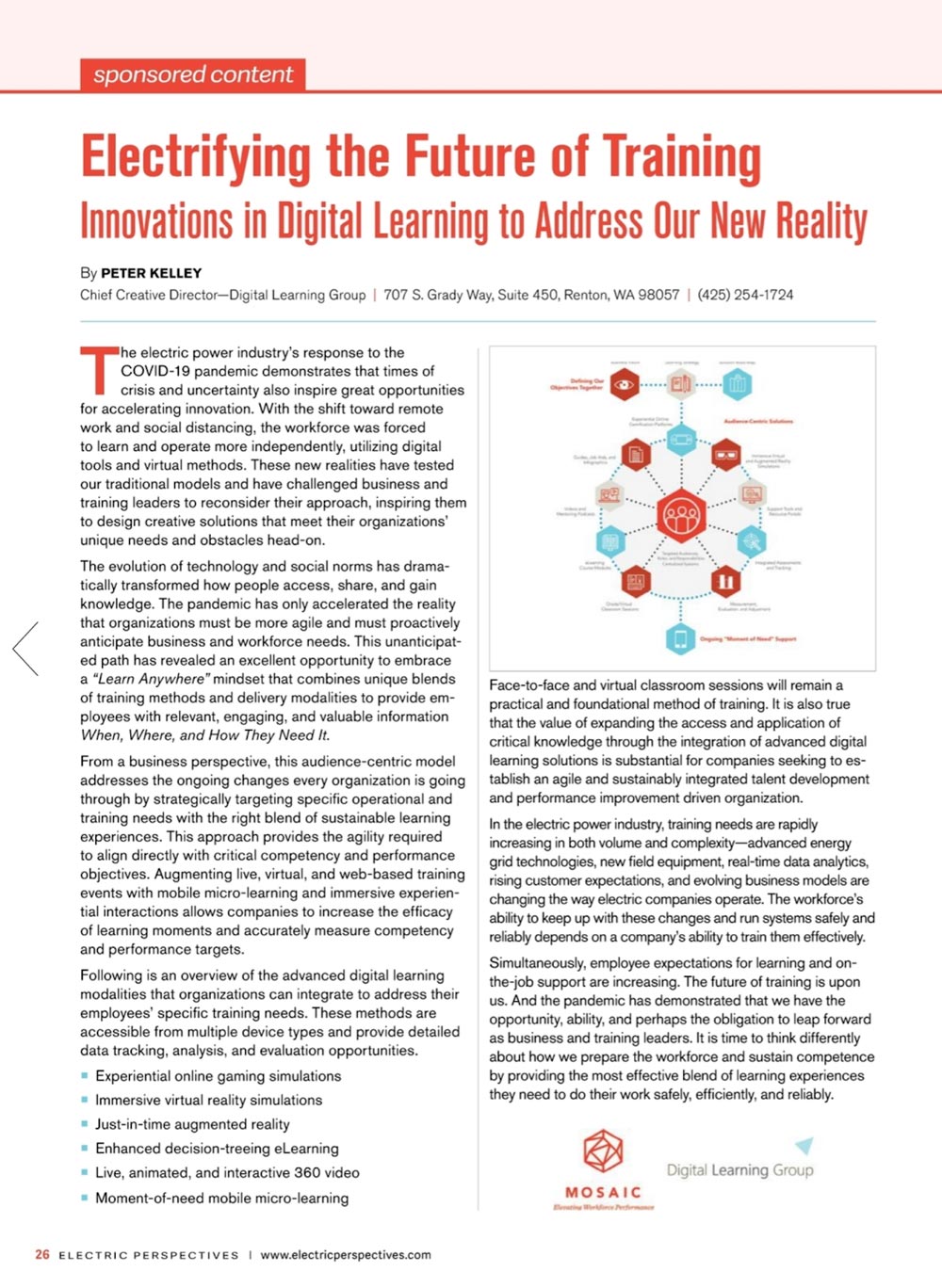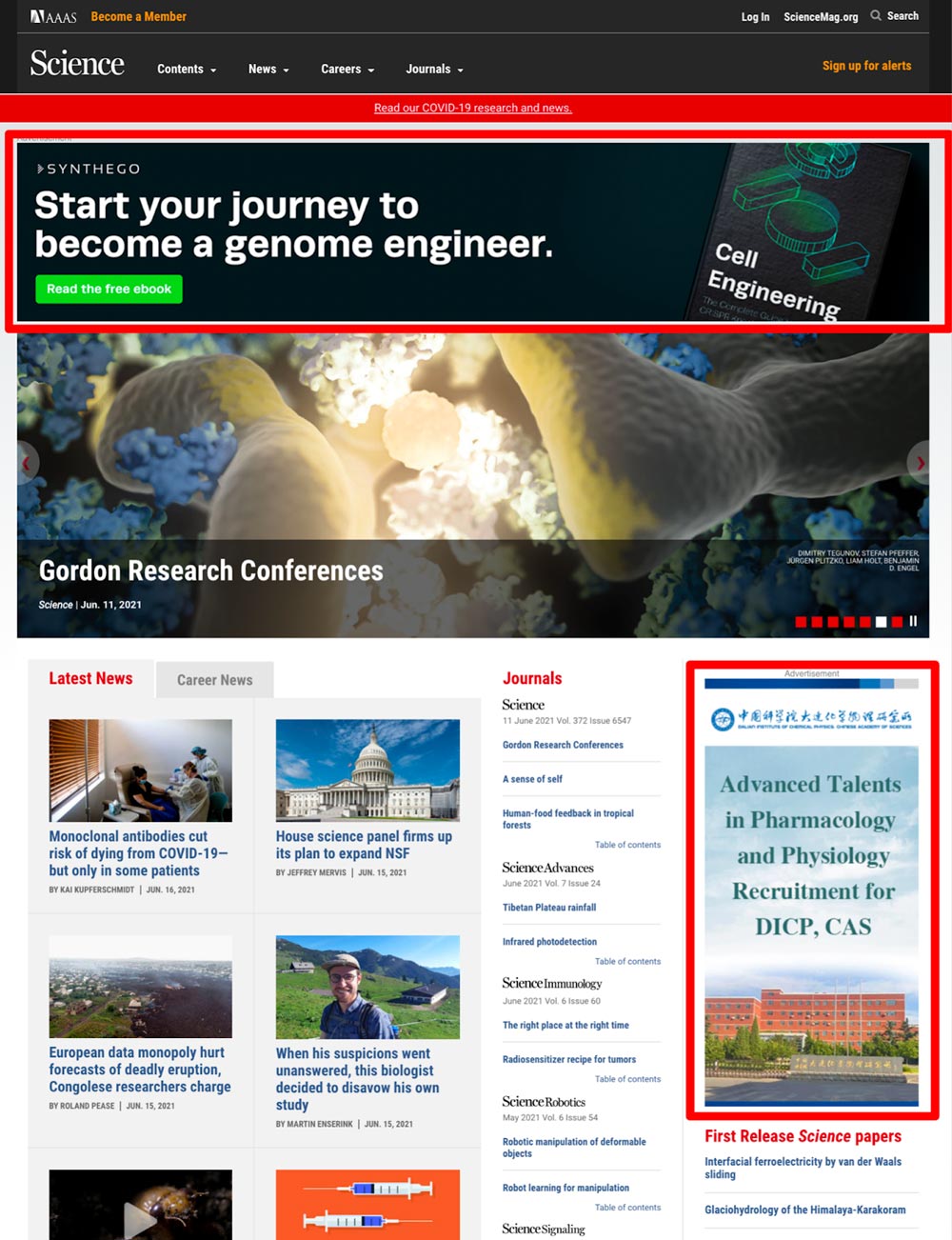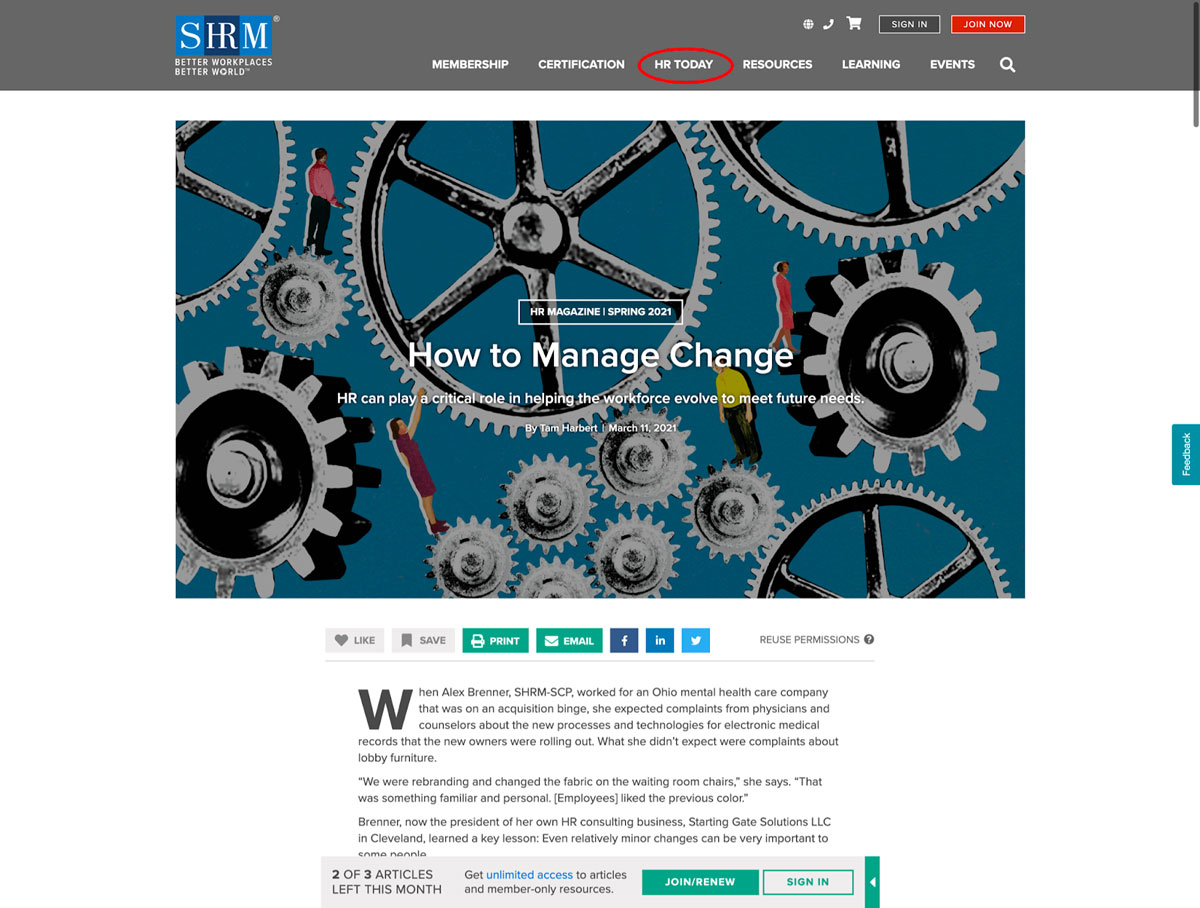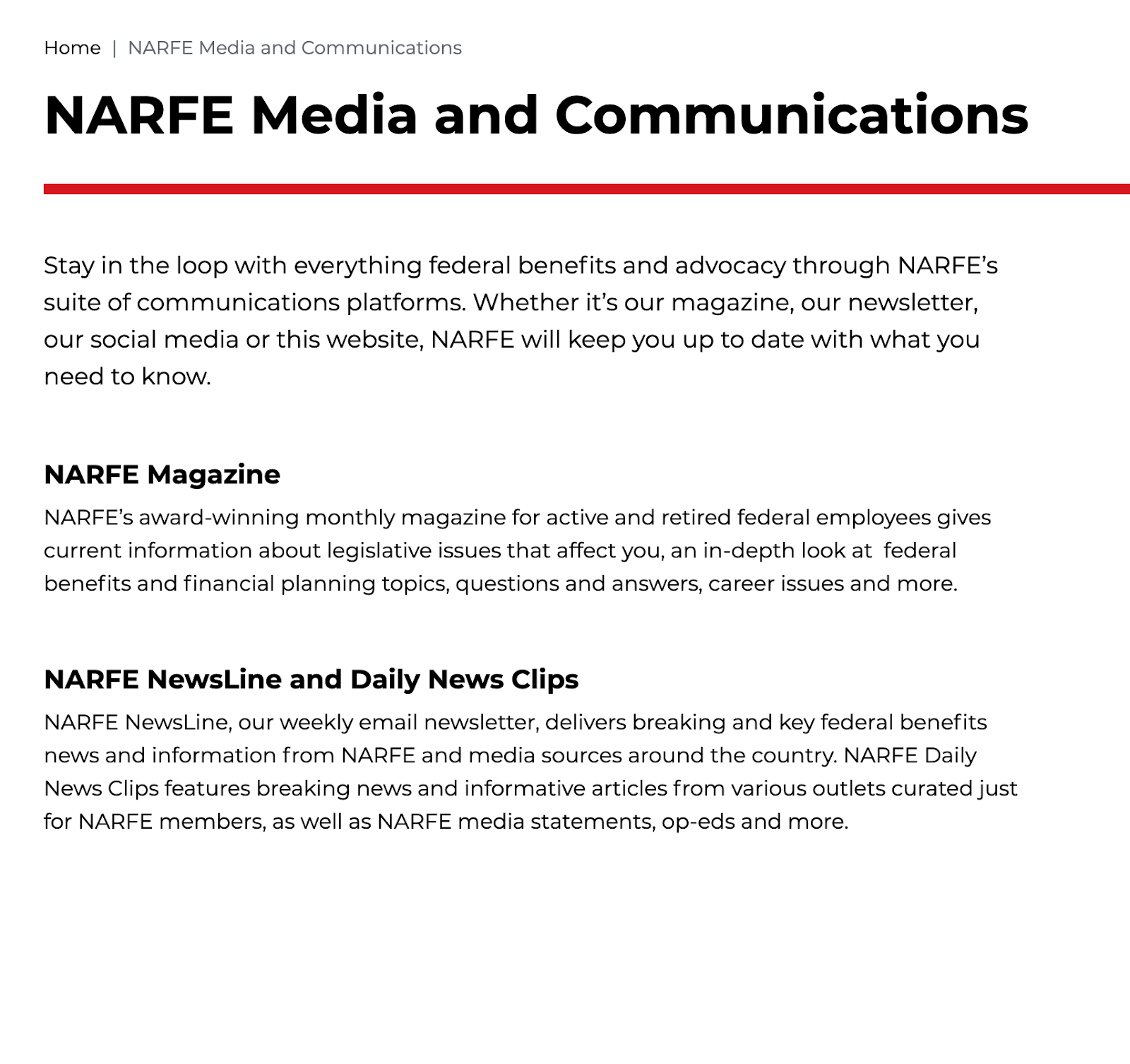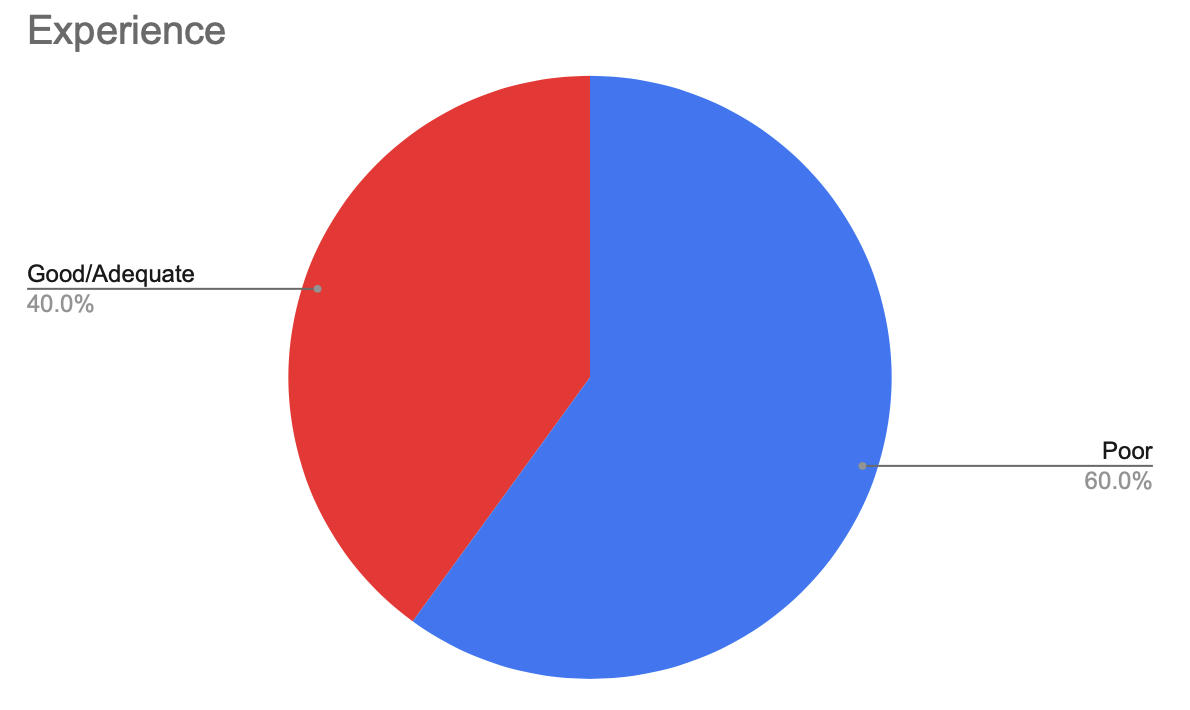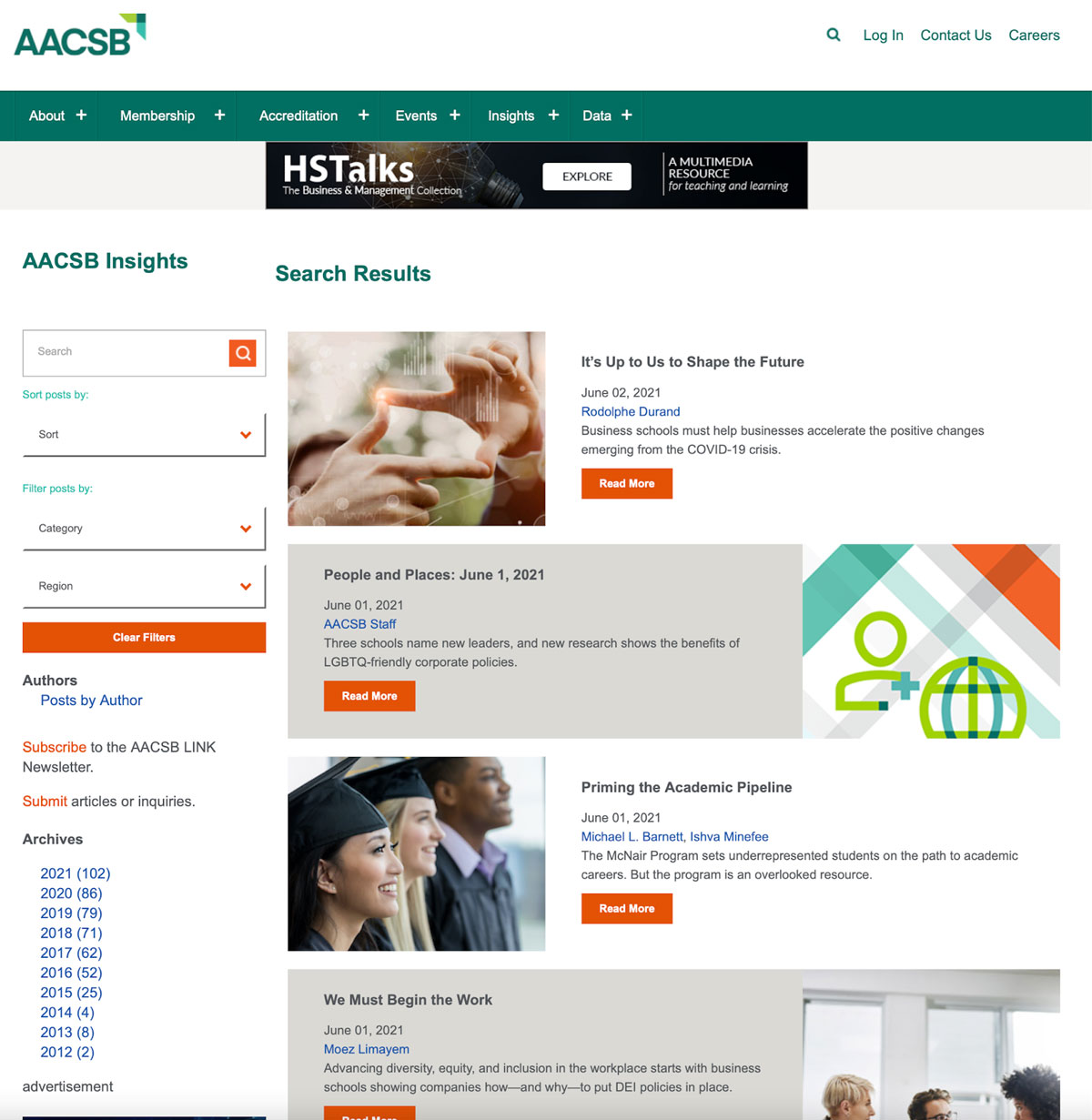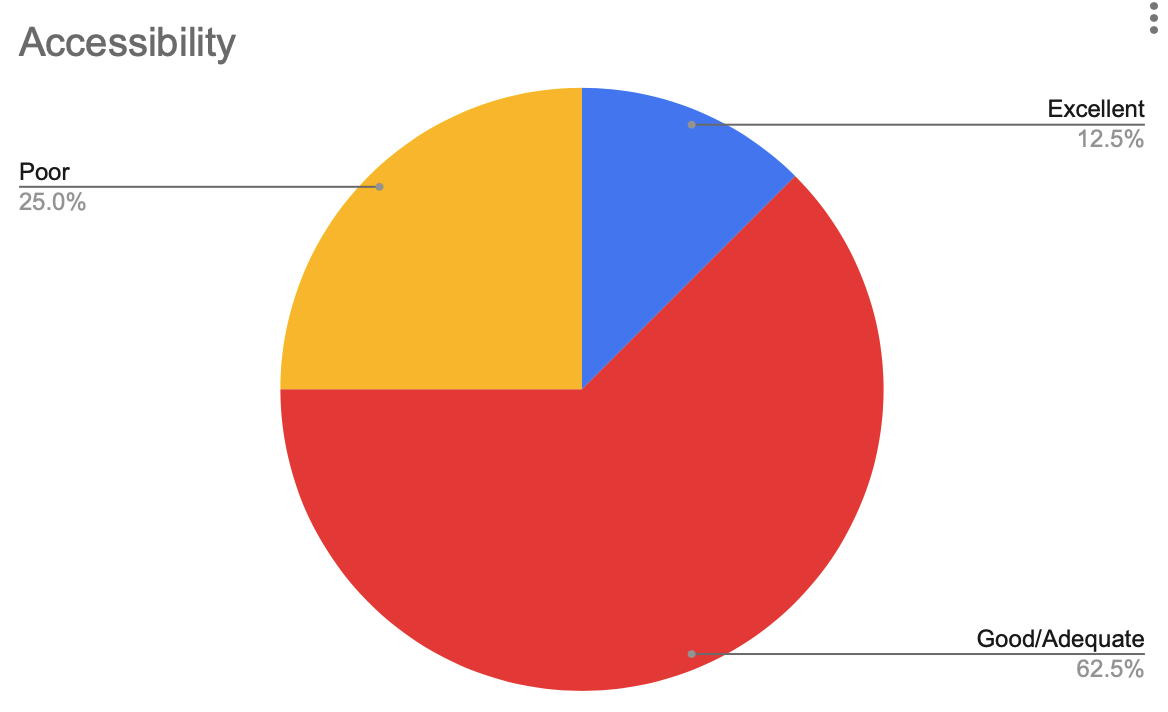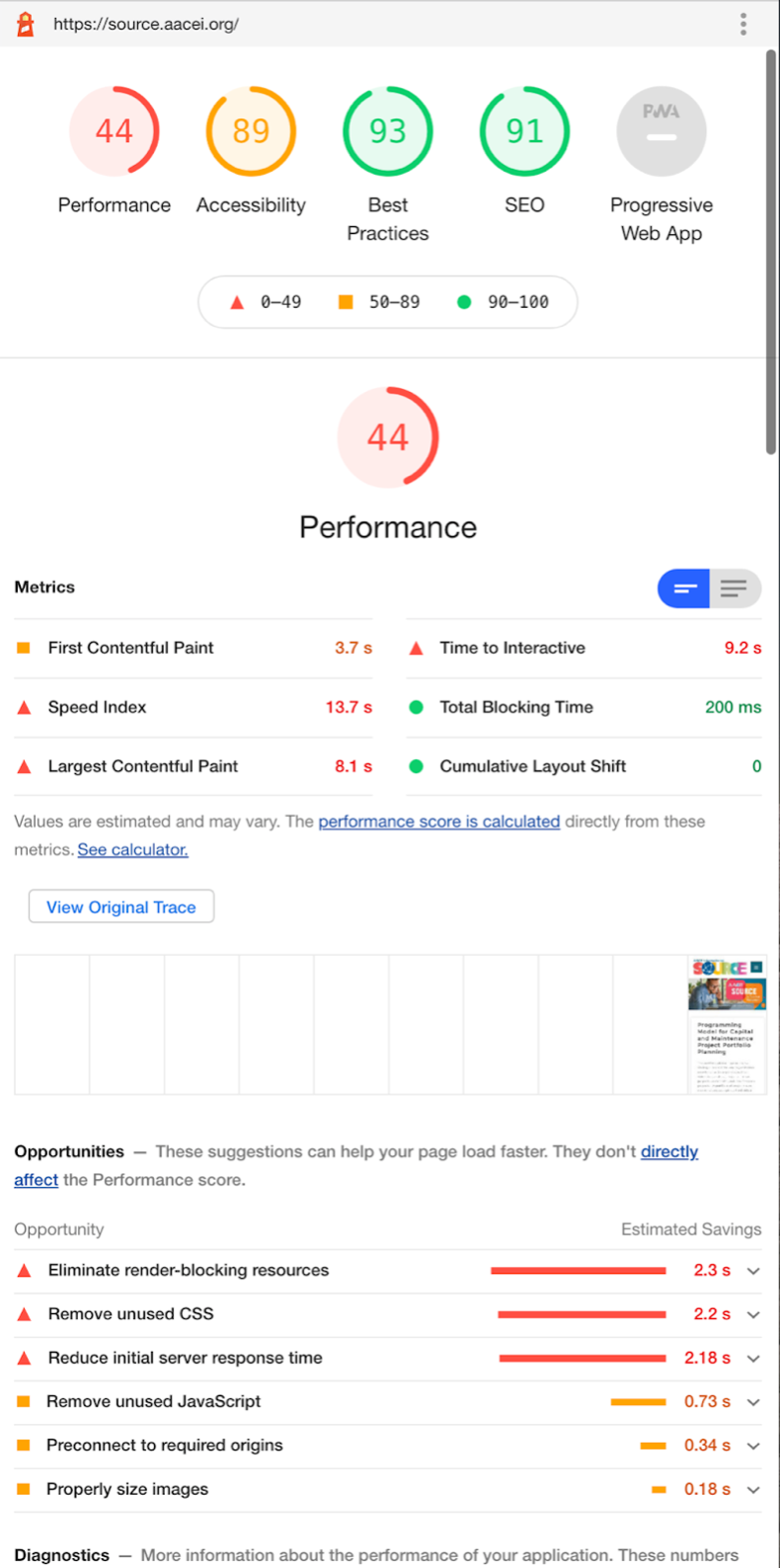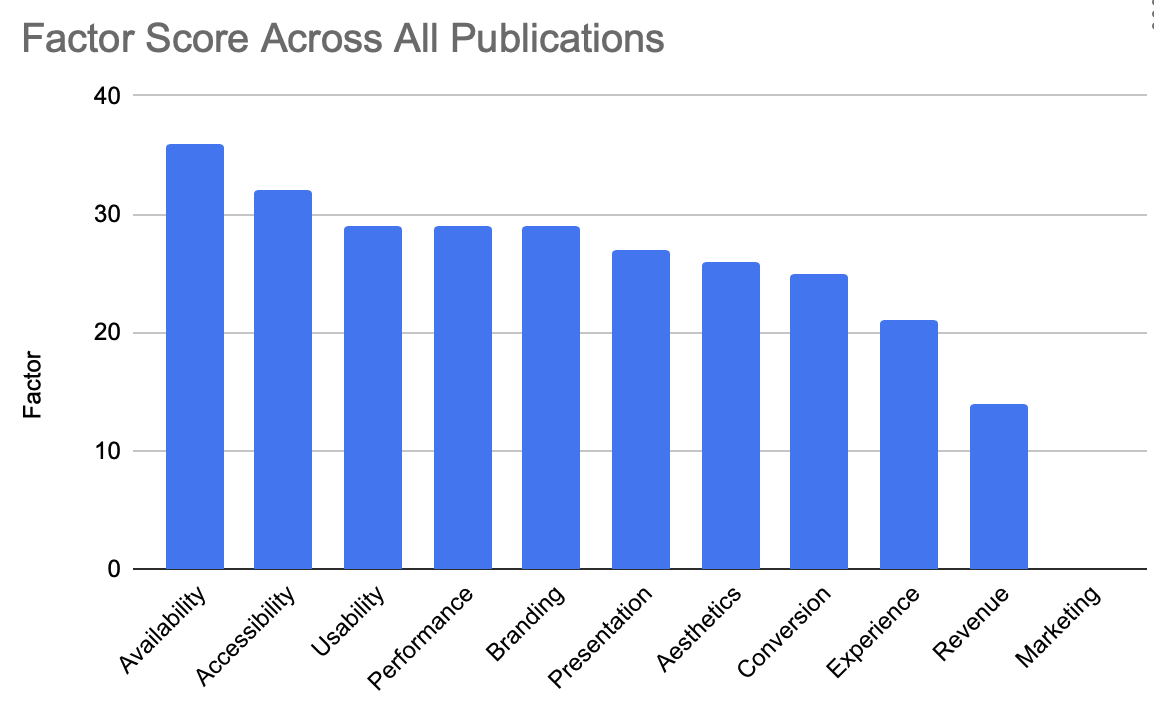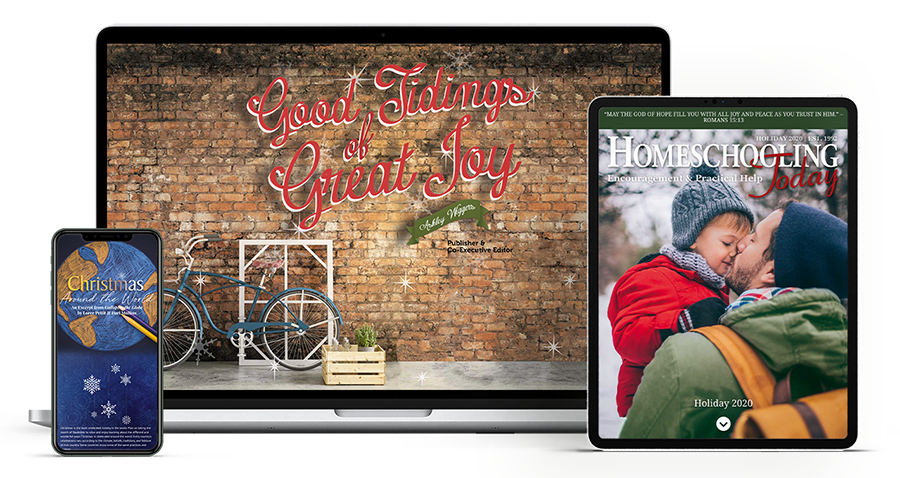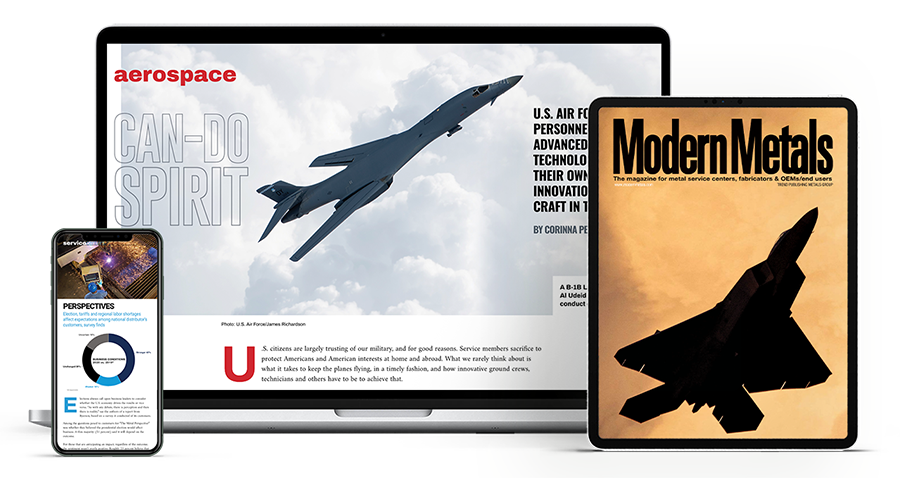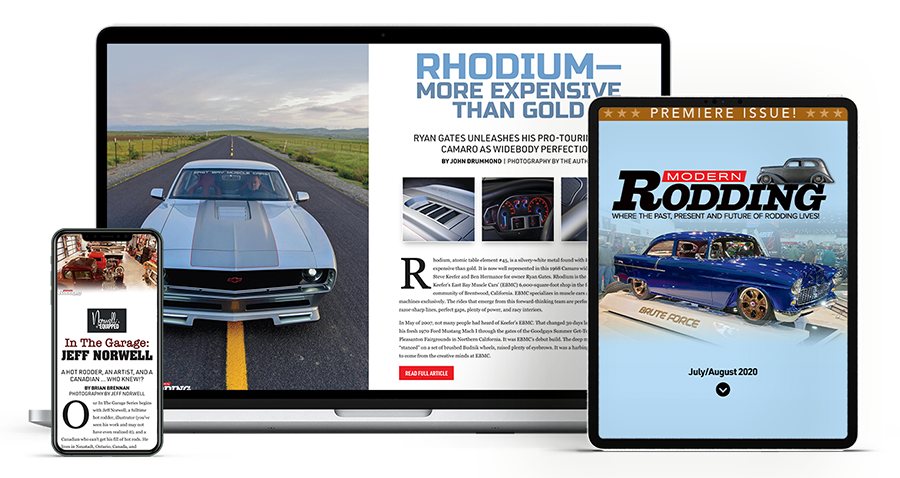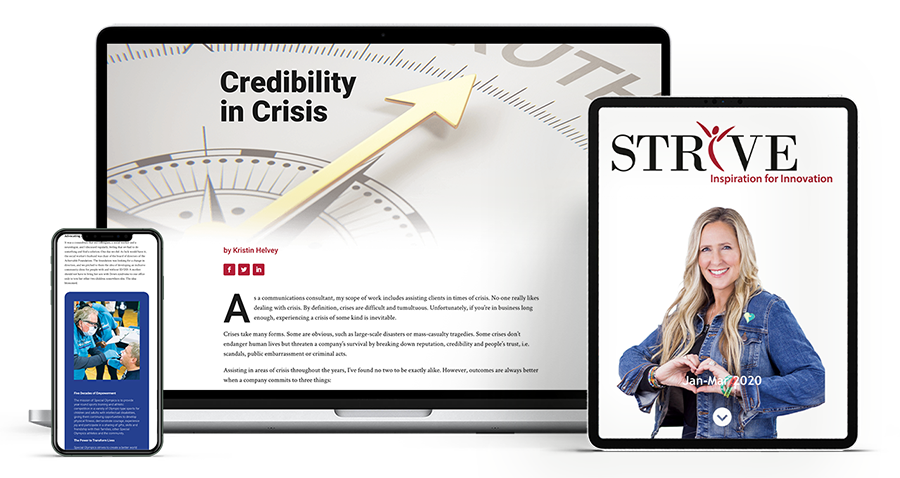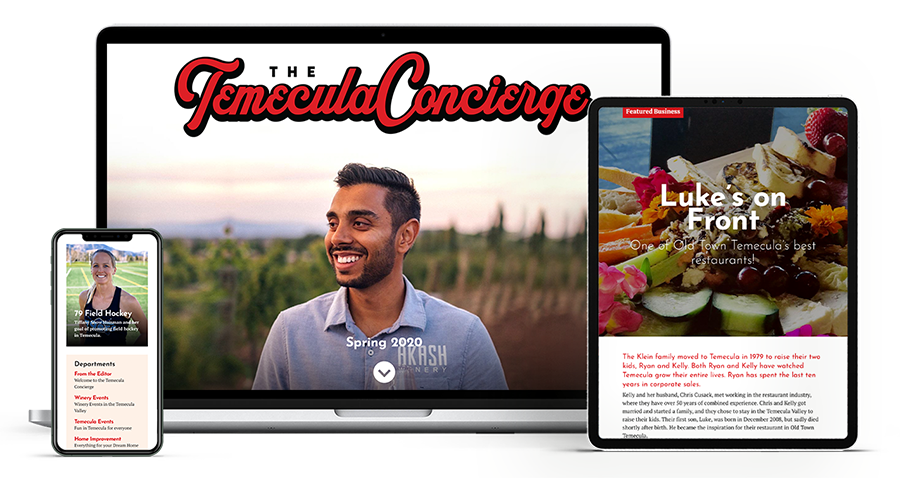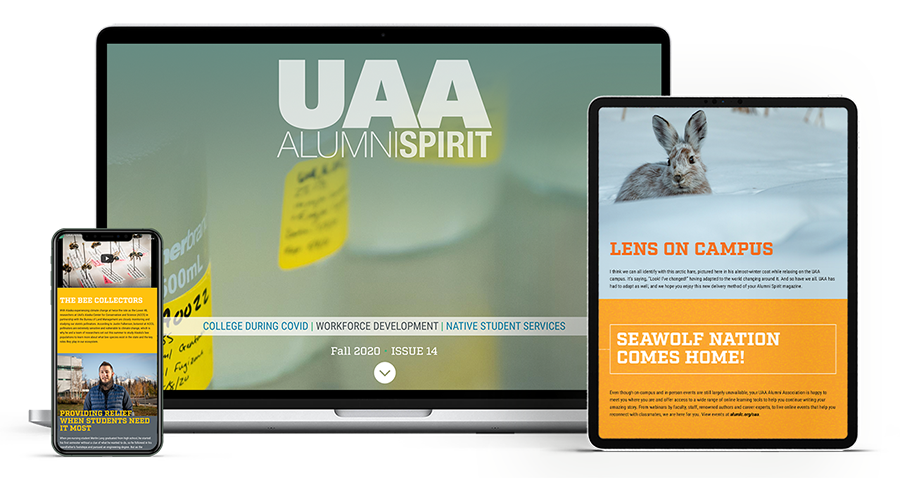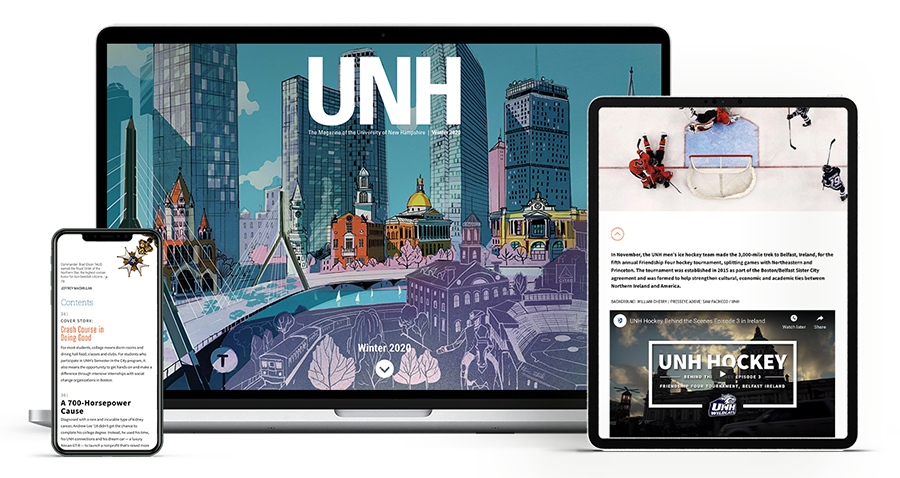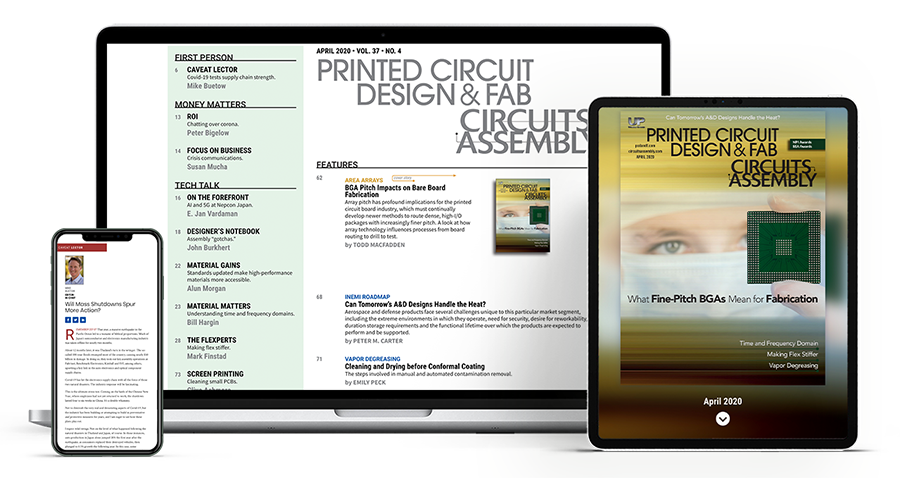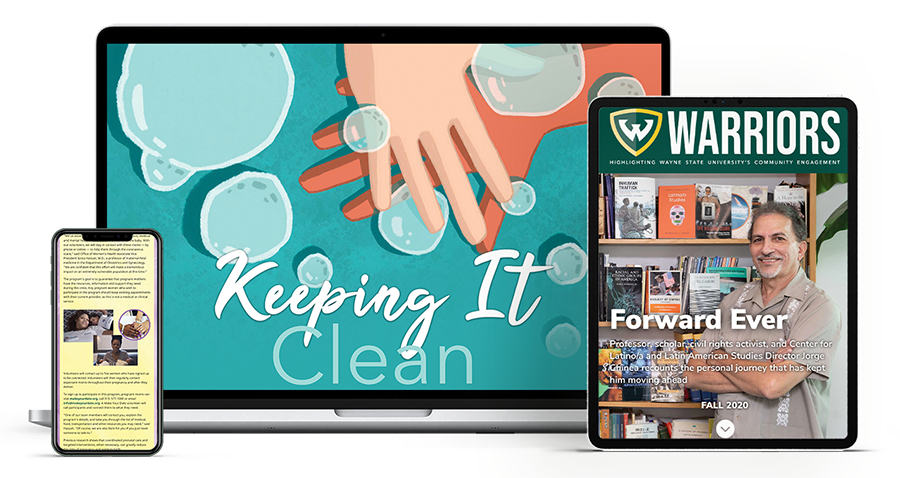The Publish Digital
Playbook Newsletter

About this playbook
We know that Association publishing professionals work hard to make their magazines and other publications truly excellent, and in that vein many have requested examples, both good and otherwise. This first installment of our “Playbook for Association Digital Publications is intended to help Associations benchmark their own publications and find some great ideas, as well as a few things to avoid.
Methodology
The publications that we have reviewed are from Associations that in recent years have made it clear that they care about digital publishing. We identified an initial set of 120 Associations that have been active in digital publishing and then selected 20 associations for this initial study that we believe can offer an excellent starting point for benchmarking.
We intend to review additional Association digital publications in future installments, and may also revisit some from this first study. When we identify and cite opportunities for digital experience improvement, we will monitor these organizations for future changes to properly acknowledge the progress & improvements.
Association Publications Included in this Review
- Size of membership
- Type of members, representing various segments of the economy, including professional associations, hobby interest groups, industry associations and benevolent organizations.
- Number of publications, the smallest having one publication and the largest with sixteen pubs.
Associations Included in this Study
Definitions and Scoring of Evaluation Factors
Secondly, we utilized the viewpoint of audience members/readers and identified the factors that would offer the most impact on their experience.
Altogether, eleven factors were identified and organized into two categories. All of these elements work together strategically leverage the whole
Factors Relevant to Audiences
- Accessibility: Is the publication usable by the disabled as measured WCAG guidelines. A 90+ score utilizing Google’s Lighthouse was required for top marks in this area.
- Availability: Is the content immediately and always accessible digitally to readers?
- Aesthetics: Does the art direction and design leverage the digital format in a manner that is pleasing to the eye?
- Linear Experience: Is there a longform feel and a linear periodical content experience offered which is distinct from website clutter such as toolbars or menus?
- Performance: Does the publication load at acceptable speeds as measured by Google’s Lighthouse? A 90+ Lighthouse score was required for a top ranking.
- Usability: Is the digital publication easy to use, offering a low friction content readership experience.
Factors Relevant to Associations
- Presentation: The overall published/listed promotional awareness of the publication by the association.
- Branding: The unique branding value of the publication to the organization. A brand is effectively a conceptual identity, and publications can support or detract from that identity.
- Conversion: Rates the effectiveness of the digital publication in driving subscriptions and membership signups, i.e. is the user compelled to seek access or become a member to gain access to the publication. Good practices include offering access to preview or metered views for non-members and allowing for opt-in to grow subscriber or interest lists.
- Revenue: Does the publication offer revenue generation opportunities for the association and value for advertisers beyond memberships?
- Marketing: Effectiveness of marketing for the digital publication including association email, social, and general content marketing strategies. We did not score the marketing factor in this playbook as this is a topic that merit extensive focus on it’s own, look for a future playbook installment on marketing
Values used in Scoring Factors
For example, some publications offer no opportunity for revenue generation (outside of membership or subscriptions) such as advertisements or sponsored content and thus would receive a “0” in the “Revenue” factor.
| Score | Description |
| 0 | Not present or ratable |
| 1 | Poor, the factor was present, but poorly executed. |
| 2 | Good, the factor was present and adequately to well executed. |
| 3 | Excellent, the factor was present and exceptionally well executed. |
Analysis
Publication Formats
Web page versions of publications were the most popular formats, narrowly beating out PDF’s. Web pages offer advantages including ready adaptability and readability on various devices such as smartphones (although some didn’t do this well), tracking possibilities using common analytics tools and ability to utilize rich media such as video and animations. Many of the web versions utilized a blog-style approach of article publishing over time versus an issue-oriented approach.
PDF’s offer an advantage in easy offline usage, but have many limitations including the effort required to make them accessible, lack of rich media capability and difficulty of use on smartphones.
Flip editions seek to overcome the disadvantages of PDF’s in accessibility and rich media with varying degrees of success. Some vendors offer versions that work reasonably well on smartphones. Flip editions often fall short in offering an engaging reading experience and often don’t mimic effectively the linear content experience of a magazine as well as some of the features of web pages.
Examples of Digital Publications by Factor
Presentation
Branding
Conversion
Revenue
Availability
Aesthetics
Usability
Experience
Cluttered experiences were more common than clean reading experiences in the sites examined, and none rated as excellent.
Accessibility
Performance
Page load speed is often cited in user satisfaction studies as the most important criteria in creating a good experience, and is fundamental to all other efforts. The majority of Associations have work to do to ensure that their digital publications load in an acceptable timeframe, which according to Google is under 2 seconds. You can find tips for addressing page speed in this helpful article.
Conclusions and Next Steps
On the opposite end of the spectrum, the lowest rated factor across all publications was revenue generation with an average score below 1. Most association publications in this study don’t take advantage of any opportunities for advertisements, sponsored content or other digital revenue generation options. Conversion was also poorly rated with an average score of 1.3, indicating that there is significant untapped potential to grow subscriptions and memberships at most of these organizations.
The remaining factors had similar average scores of around 1.5, indicating possibilities for substantial improvement across most publications in these areas.


